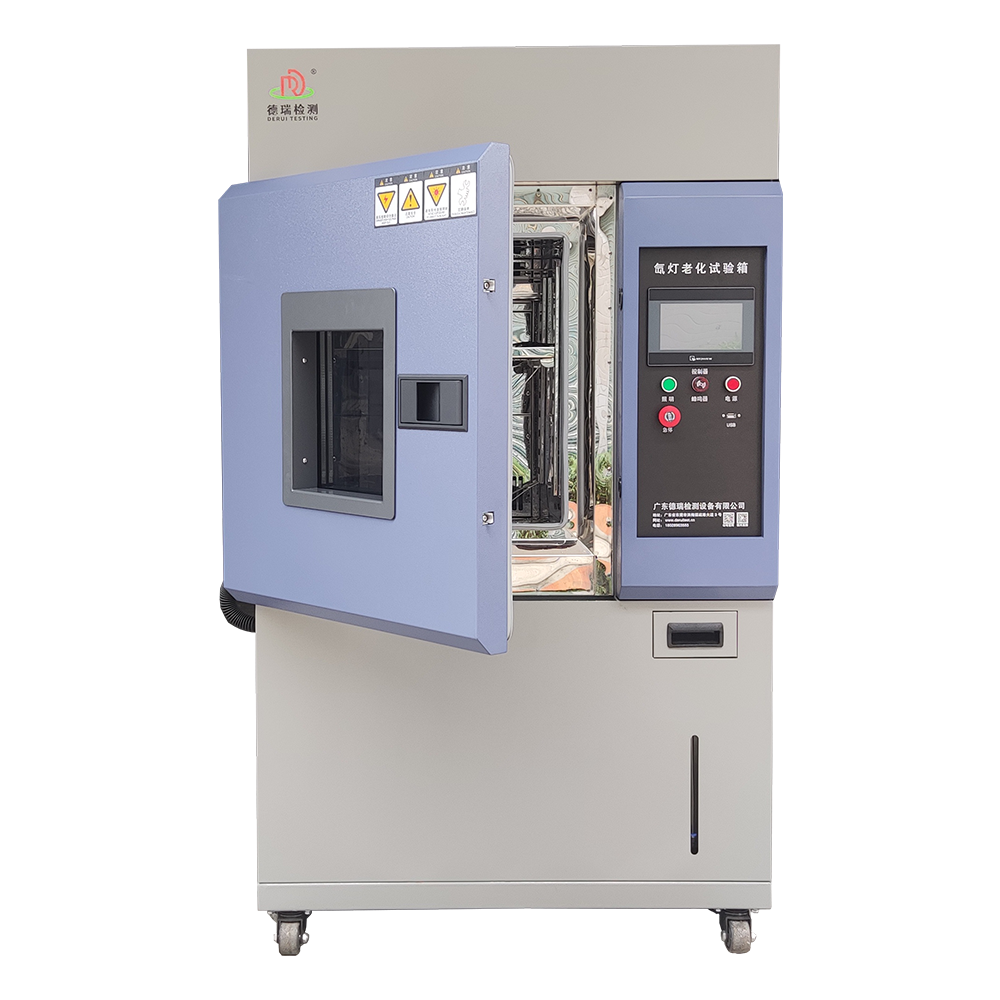
xenon lamp solar simulator chamber
558005.0 INR/Unit
Product Details:
X
xenon lamp solar simulator chamber Price And Quantity
- 1 Unit
- 558005.0 INR/Unit
xenon lamp solar simulator chamber Trade Information
- Cash in Advance (CID)
- 100 Unit Per Month
- 7 Days
- All India
Product Description
Standard Features
| Model | DR-H301 |
| Internal dimension (WxDxH) | 500*600*500mm |
| External dimension (WxDxH) | 1000*1000*1750mm |
| Temperature range | RT+10~ 60 (suggest to use 402) |
| Temperature Fluctuation | 1 |
| Ozone concentration | 50~1000 pphm, adjustable |
| Ozone concentration deviation | 10% |
| Sample holder | SUS#304 stainless steel |
| Temperature controller | Programmable touch screen controller |
| Ozone concentration analysis | Concentration analysis meter |
| Ozone generator | High pressure silence discharge type |
| Protection system | Leakage, short circuit, over temperature, over heat |
| Test criteria | ASTM D1149, ISO 1431, JIS K6259... |
Xenon lamp solar simulation room
Xenon lamp solar simulation room is a device specifically designed to simulate solar spectra and natural environmental conditions, widely used in fields such as photovoltaic modules, materials science research, automotive industry, aerospace, etc. It simulates the spectrum and intensity of sunlight by using high-power xenon lamps, and combines changes in environmental factors such as temperature, humidity, and rainfall to conduct accelerated aging tests on materials and products. The following is a detailed introduction about the xenon lamp solar simulation room:
major function
1. Spectral simulation:
Solar spectrum matching: The spectrum emitted by the xenon lamp is highly matched with the solar spectrum, and can simulate the full spectrum of sunlight, including ultraviolet, visible, and infrared.
Spectral control: Some advanced models of simulation chambers can adjust spectral distribution to simulate sunlight in different geographical locations and seasons.
2. Light intensity control:
Irradiance adjustment: The simulation room can accurately control the intensity of light, usually expressed in irradiance (W/m ), to simulate sunlight at different time periods and weather conditions.
Uniformity: Ensure a uniform distribution of light within the testing area to provide consistent testing conditions.
3. Humidity control:
Humidity range: The humidity range is usually 20% to 98%, which can simulate various environmental conditions from dry to high humidity.
Humidity stability: Ensure that the humidity remains stable during the testing process to avoid the impact of humidity fluctuations on the test results.
4. Rainfall simulation:
Sprinkler system: Equipped with a water sprinkler system, it can simulate the impact of rainwater on materials, including special environments such as acid rain.
Spray cycle: The spray cycle and duration can be set to simulate different rainfall conditions.
5. Loop testing:
Program control: Different cyclic testing programs can be set to simulate the aging process of materials under different time periods and climatic conditions.
Automated operation: Some advanced models of simulation rooms support automated operation and can automatically adjust various parameters according to preset programs.
Standards met by xenon lamp solar simulation room
As a device used to simulate solar spectra and natural environmental conditions, the design and performance of xenon lamp solar simulation room need to comply with a series of international and industry standards. These standards ensure that the simulation room can accurately and reliably simulate sunlight, and provide consistent and reproducible test results. The following are the main standards that xenon lamp solar simulation rooms typically need to meet:
1. International Electrotechnical Commission (IEC) standards
IEC 60904-9:2020
Content: This standard specifies the performance requirements and classification methods for solar simulators used in photovoltaic equipment, including spectral matching, irradiance uniformity, temporal and spatial stability, etc.
Application: Suitable for testing photovoltaic modules and materials, ensuring that the simulator can provide spectra and intensities similar to natural sunlight.
IEC 61215-2:2016
Content: This standard specifies the testing requirements for ground use crystalline silicon photovoltaic modules and specifies the specific application of simulators in testing photovoltaic modules.
Application: Used to evaluate the performance and durability of photovoltaic modules under different environmental conditions.
2. American Society for Testing and Materials (ASTM) standards
ASTM G173-03(2020)
Content: This standard provides standard solar spectral irradiance distribution data for ground-based solar simulators.
Application: Used for calibrating and verifying the spectral output of solar simulators to ensure it matches the natural solar spectrum.
ASTM E927-19
Content: This standard specifies the classification, performance requirements, and testing methods for solar simulators, including spectral matching, irradiance uniformity, temporal and spatial stability, etc.
Application: Used to evaluate the overall performance of the solar simulator, ensuring that it can meet specific testing requirements.
3. International Organization for Standardization (ISO) standards
ISO 4892-2:2013
Content: This standard specifies the testing methods for plastics exposed to laboratory light sources (including xenon lamps), covering the control of parameters such as temperature, humidity, and light intensity.
Application: Used to evaluate the weather resistance and photostability of plastic materials under different environmental conditions.
ISO 16474-2:2013
Content: This standard specifies the testing methods for coatings and varnishes exposed to laboratory light sources, covering specific requirements for xenon lamp exposure testing.
Application: Used to evaluate the weather resistance and photostability of coatings and varnishes under different environmental conditions.
4. Chinese National Standards (GB)
GB/T 16422.2-2014
Content: This standard specifies the testing method for plastic laboratory light source exposure, covering specific requirements for xenon lamp exposure testing.
Application: Used to evaluate the weather resistance and photostability of plastic materials under different environmental conditions.
GB/T 1865-2009
Content: This standard specifies the testing methods for artificial climate aging and artificial radiation exposure of paints and varnishes, covering specific requirements for xenon lamp exposure testing.
Application: Used to evaluate the weather resistance and photostability of paints and varnishes under different environmental conditions.
5. Other relevant standards
SAE J2412
Content: This standard specifies the testing method for automotive interior materials exposed to xenon lamp light sources.
Application: Used to evaluate the weather resistance and photostability of automotive interior materials under different environmental conditions.
SAE J2527
Content: This standard specifies the testing method for automotive exterior materials exposed to xenon lamp light sources.
Application: Used to evaluate the weather resistance and photostability of automotive exterior materials under different environmental conditions.
Tell us about your requirement

Price:
Quantity
Select Unit
- 50
- 100
- 200
- 250
- 500
- 1000+
Additional detail
Mobile number
Email



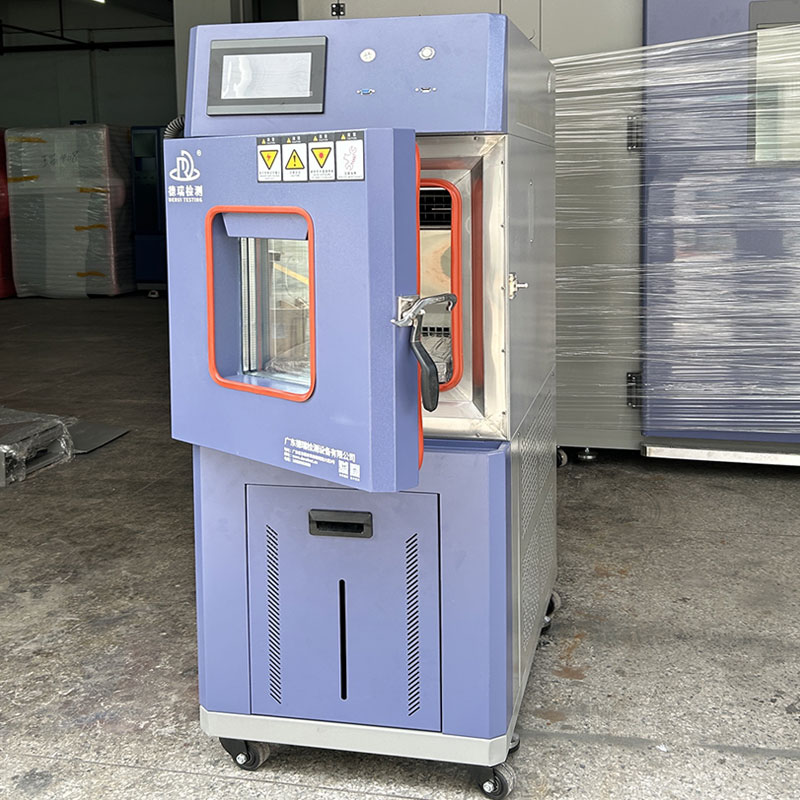
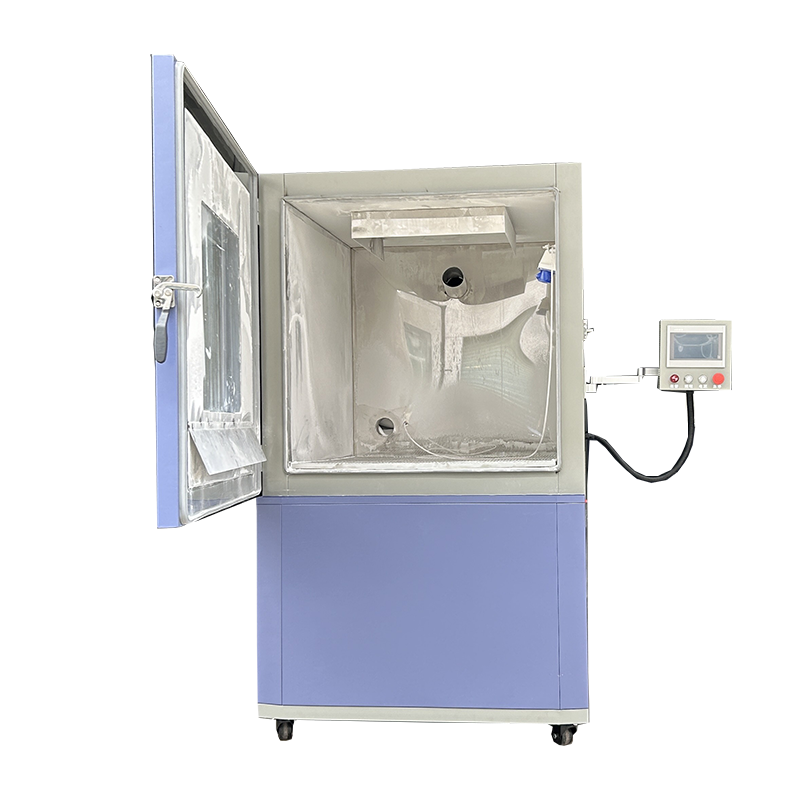
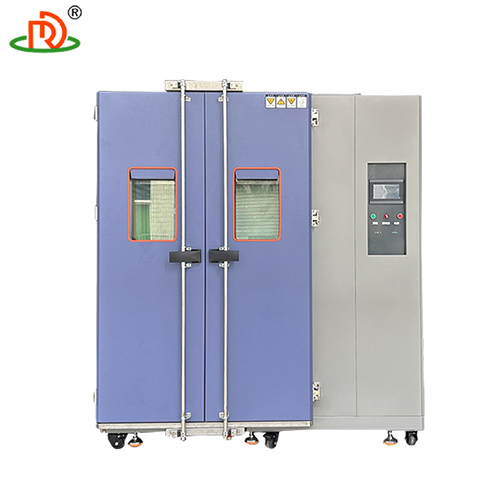
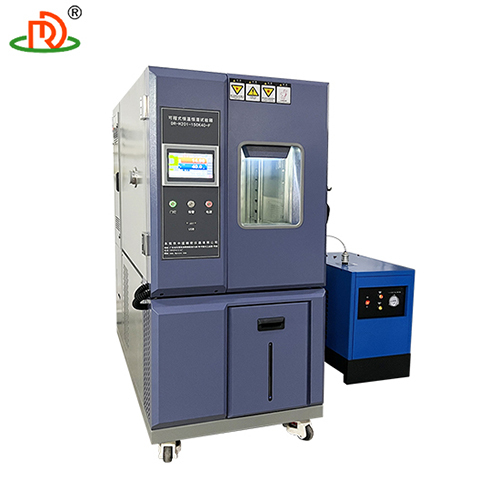

 English
English Spanish
Spanish French
French German
German Italian
Italian Chinese (Simplified)
Chinese (Simplified) Japanese
Japanese Korean
Korean Arabic
Arabic Portuguese
Portuguese